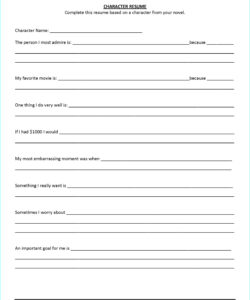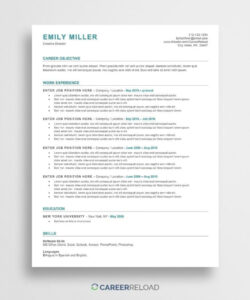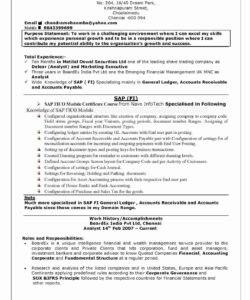Are you bilingual and looking for a job? Congratulations! Being bilingual is a valuable asset in today’s globalized world. However, it can be challenging to know how to list your language skills on your resume. In this article, we’ll provide you with some tips and tricks to help you showcase your bilingualism in the best possible way.
Why List Bilingual on Your Resume?
First things first, why should you list your bilingualism on your resume? The answer is simple: it can give you a competitive edge in the job market. In today’s globalized economy, many companies are looking for employees who can speak more than one language. By listing your language skills on your resume, you’re showing potential employers that you have a valuable skill that can help their business succeed.
Moreover, being bilingual can also help you stand out from other candidates. According to a study by the American Council on the Teaching of Foreign Languages, only 20% of Americans can speak a second language. By listing your language skills on your resume, you’re demonstrating that you have a unique skill that not everyone possesses.
How to List Bilingual on Your Resume
Now that you know why it’s important to list your bilingualism on your resume, let’s talk about how to do it. Here are some tips:
1. Determine Your Proficiency Level
Before you list your language skills on your resume, you need to determine your proficiency level. There are six levels of language proficiency: beginner, elementary, intermediate, upper-intermediate, advanced, and proficient. You can use the Common European Framework of Reference for Languages (CEFR) to determine your proficiency level. Once you know your proficiency level, you can list it on your resume.
2. Choose the Right Format
When it comes to listing your language skills on your resume, there are two main formats: the skills-based format and the chronological format. In the skills-based format, you list your language skills in a separate section at the top of your resume. In the chronological format, you list your language skills under each job where you used them. Choose the format that works best for you.
3. Be Specific
When you list your language skills on your resume, be specific about your proficiency level. Don’t just say “fluent in Spanish.” Instead, say “proficient in Spanish (CEFR Level C1).” This will give potential employers a better idea of your language skills.
4. Highlight Your Accomplishments
Finally, when you list your language skills on your resume, don’t forget to highlight your accomplishments. For example, if you used your language skills to close a big deal or negotiate a contract, be sure to mention it. This will show potential employers that you can use your language skills in a professional setting.
FAQ
Q: How do I list bilingual on my resume?
A: You can list your bilingualism on your resume by including a separate section at the top of your resume or by listing your language skills under each job where you used them.
Q: How do I determine my proficiency level?
A: You can determine your proficiency level by using the Common European Framework of Reference for Languages (CEFR).
Q: How specific should I be about my proficiency level?
A: You should be as specific as possible about your proficiency level. Don’t just say “fluent in Spanish.” Instead, say “proficient in Spanish (CEFR Level C1).”


